
The Power of Good
Tetiana Pchelnykova
Painting - 100 x 100 x 2.5 cm Painting - 39.4 x 39.4 x 1 inch
€2,250
The nude has long been a central genre in the history of art, from antiquity to the present day. An essential element of classical artistic training, studying live models has remained a core practice for artists throughout history. From realism to abstraction, the depiction of the human body in its natural form continues to thrive in modern art, particularly in today's image-driven culture. Let's explore the rich and fascinating history of nude art.
Nude representation in art dates back to ancient civilizations, with early examples found in Egyptian bas-reliefs. In ancient Greece, depictions of idealized, athletic bodies became iconic, particularly in sculptures and pottery showcasing gods and heroes with sculpted physiques.
Roman art drew heavily on Greek representations of the nude, and after a brief pause during the Middle Ages, due to the rise of Catholicism, the nude reemerged with vigor during the Renaissance. Artists like Michelangelo and Albrecht Dürer, inspired by growing anatomical knowledge, became masters in the portrayal of the human form.
In 1568, during the Protestant Counter-Reformation, religious authorities banned the depiction of nudes in religious spaces. In response, artists used techniques such as fig leaves, hair, and drapes to retain the sensuality of their works. Despite these restrictions, influential families like the Medici continued to commission nude depictions of mythological scenes.
Over time, nude painting has reflected changing beauty standards and socio-political climates. Baroque artists like Rembrandt and Caravaggio portrayed dramatic, exaggerated bodies. The Neoclassical period, in contrast, revived the idealized forms of ancient Greece and Rome, while Romanticism embraced nudes within the context of war and revolution.
The challenge of mastering the nude has always been significant for artists, due to its complexity. In the 19th century, the portrayal of the nude was often tied to ideas of purity and virginity, drawing on classical ideals and religious influences.
The Romantic period saw a shift, with nudes embracing sensuality. However, it wasn't until the rise of Realism that the nude began to shock viewers. Manet's "Olympia" and Courbet's "L'Origine du Monde" broke conventions with their bold depictions of the human form in unconventional postures and social contexts.
The nude continues to reflect not only aesthetic ideals but also deeper societal fears and desires. The emaciated figures of Egon Schiele and the pale, introspective bodies of Lucian Freud transcend personal aesthetics, capturing the tortured psyches of their respective eras. Contemporary artists such as Gustav Klimt, Francis Bacon, Jenny Saville, Eric Fischl, and Philippe Pearlstein have continued to explore the nude genre in fresh and provocative ways.
On Artsper, explore captivating works by leading artists like Isabelle Lebret, whose intense, blue-toned nudes, Etienne Gros's dynamic compositions, and Ottelien Huckin's delicate, poetic lines push the boundaries of the nude genre. Discover the fascinating evolution of nude art today on Artsper.
Save your search and find it in your favorites
Save your search to find it quickly
Saved search
Your search is accessible from the favorites tab > My favorite searches
Unsaved search
A problem occurred

Painting - 100 x 100 x 2.5 cm Painting - 39.4 x 39.4 x 1 inch
€2,250
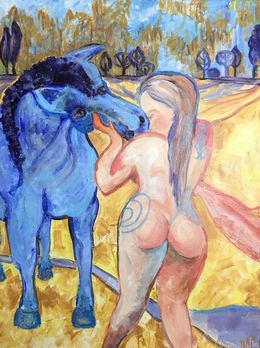
Painting - 80 x 60 x 2 cm Painting - 31.5 x 23.6 x 0.8 inch
€1,150
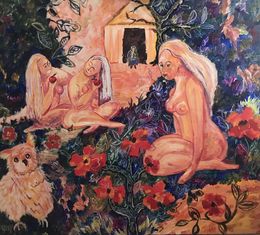
Painting - 90 x 100 x 2.5 cm Painting - 35.4 x 39.4 x 1 inch
€2,150

Painting - 135 x 80 x 2 cm Painting - 53.1 x 31.5 x 0.8 inch
€1,646
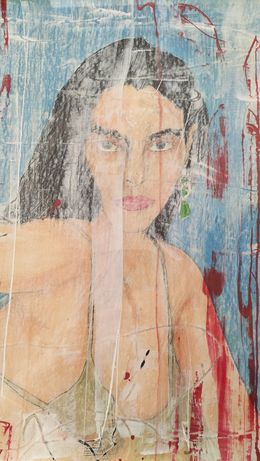
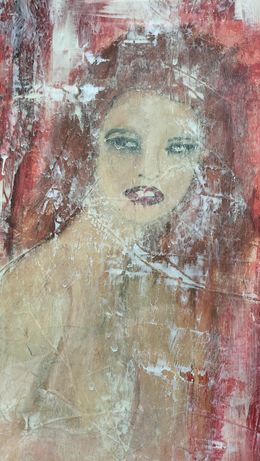

Painting - 60 x 90 x 2 cm Painting - 23.6 x 35.4 x 0.8 inch
€1,100

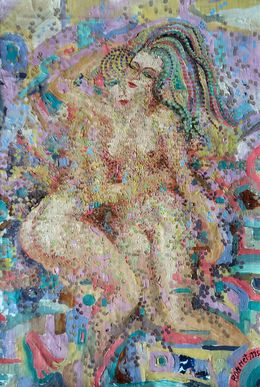
Painting - 60 x 40 x 0.3 cm Painting - 23.6 x 15.7 x 0.1 inch
€2,000
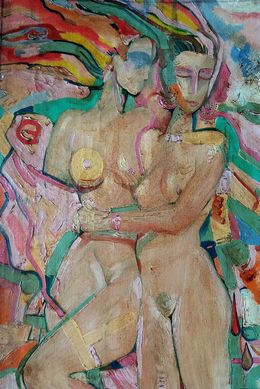
Painting - 60 x 40 x 0.3 cm Painting - 23.6 x 15.7 x 0.1 inch
€2,000

Painting - 55 x 46 x 5 cm Painting - 21.7 x 18.1 x 2 inch
€1,055
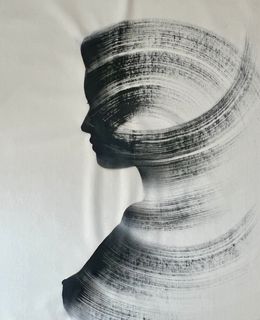


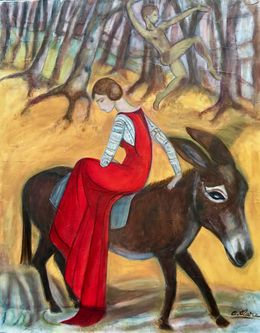
Painting - 92 x 73 x 2.5 cm Painting - 36.2 x 28.7 x 1 inch
€1,800 €1,620
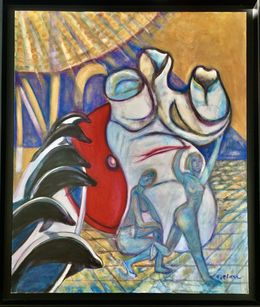
Painting - 65 x 54 x 2.5 cm Painting - 25.6 x 21.3 x 1 inch
€1,600 €1,440

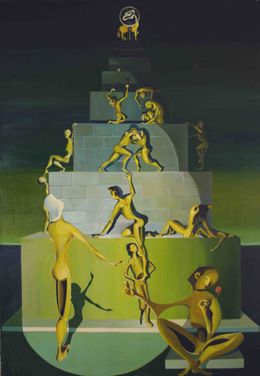
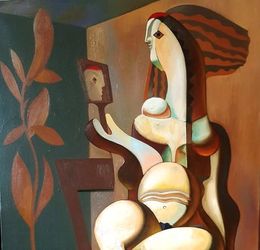
Painting - 121 x 89 x 0.3 cm Painting - 47.6 x 35 x 0.1 inch
€1,454

Painting - 100 x 100 x 2.5 cm Painting - 39.4 x 39.4 x 1 inch
€2,500


Painting - 99.1 x 121.9 x 0.3 cm Painting - 39 x 48 x 0.1 inch
€1,829
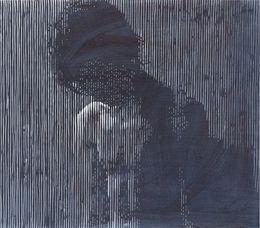
Painting - 80 x 91 x 0.01 cm Painting - 31.5 x 35.8 x 0 inch
€1,505

Painting - 101.6 x 73.7 x 0.3 cm Painting - 40 x 29 x 0.1 inch
€2,287

Painting - 101.6 x 73.7 x 0.3 cm Painting - 40 x 29 x 0.1 inch
€2,287
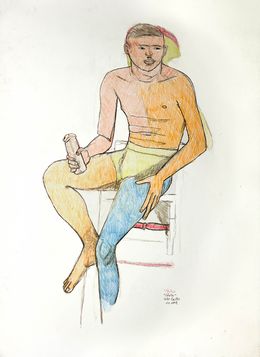


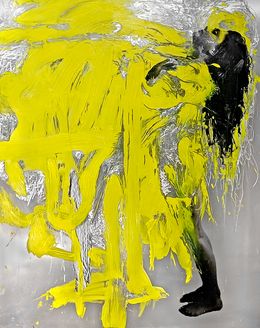

Painting - 146 x 115 x 1 cm Painting - 57.5 x 45.3 x 0.4 inch
€3,200


Painting - 121.9 x 100.3 x 0.3 cm Painting - 48 x 39.5 x 0.1 inch
€1,829


Painting - 80 x 60 x 2 cm Painting - 31.5 x 23.6 x 0.8 inch
€9,146

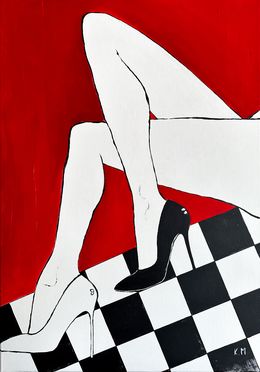


Painting - 180 x 130 x 3 cm Painting - 70.9 x 51.2 x 1.2 inch
€8,500

Painting - 100 x 70 x 1 cm Painting - 39.4 x 27.6 x 0.4 inch
€2,650
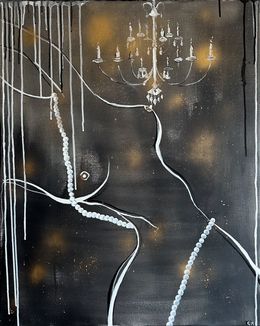

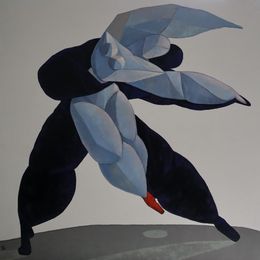
Painting - 200 x 200 x 4 cm Painting - 78.7 x 78.7 x 1.6 inch
€6,950
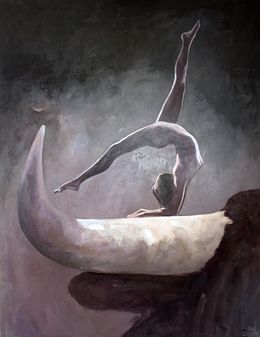
Painting - 146 x 114 x 2 cm Painting - 57.5 x 44.9 x 0.8 inch
€8,000


Painting - 105 x 105 x 0.3 cm Painting - 41.3 x 41.3 x 0.1 inch
€1,500
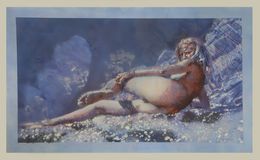

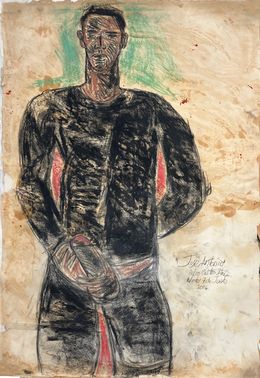
Painting - 152.4 x 96.5 x 0.3 cm Painting - 60 x 38 x 0.1 inch
€2,744

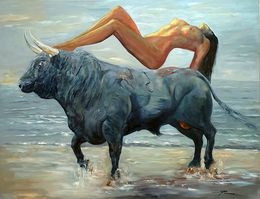
Painting - 114 x 146 x 2 cm Painting - 44.9 x 57.5 x 0.8 inch
€8,000

Painting - 100 x 120 x 2 cm Painting - 39.4 x 47.2 x 0.8 inch
€8,000

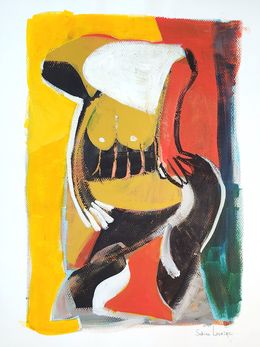
Painting - 48 x 36 x 0.15 cm Painting - 18.9 x 14.2 x 0.1 inch
€340

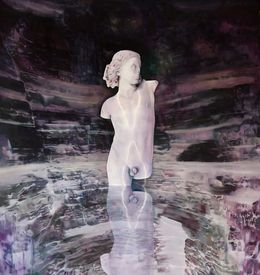

Painting - 163 x 153 x 2 cm Painting - 64.2 x 60.2 x 0.8 inch
€14,000
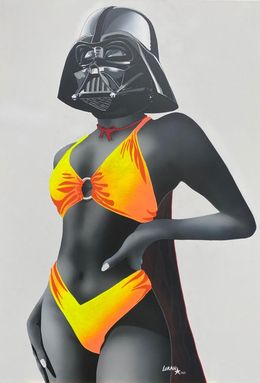
Painting - 116 x 81 x 2 cm Painting - 45.7 x 31.9 x 0.8 inch
€2,000
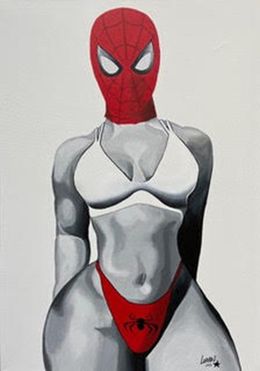

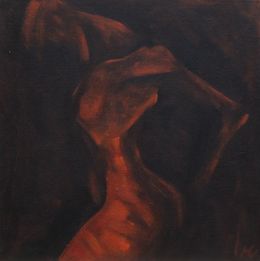
Painting - 30 x 30 x 0.2 cm Painting - 11.8 x 11.8 x 0.1 inch
€150

Painting - 30 x 30 x 0.2 cm Painting - 11.8 x 11.8 x 0.1 inch
€150

Painting - 30 x 30 x 0.2 cm Painting - 11.8 x 11.8 x 0.1 inch
€150
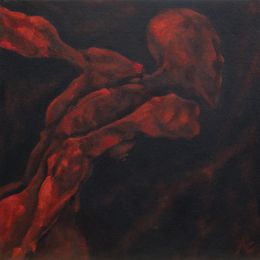
Painting - 30 x 30 x 0.2 cm Painting - 11.8 x 11.8 x 0.1 inch
€150
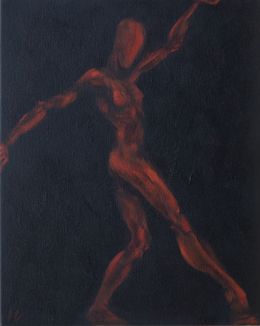
Painting - 30 x 24 x 0.2 cm Painting - 11.8 x 9.4 x 0.1 inch
€115





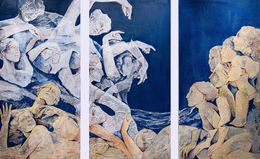
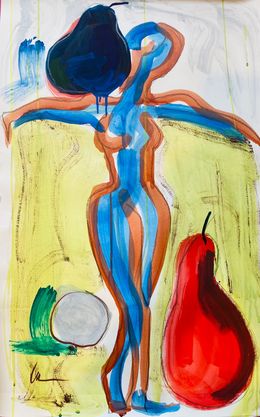
Painting - 73 x 46 x 1 cm Painting - 28.7 x 18.1 x 0.4 inch
€750

Painting - 80 x 120 x 1 cm Painting - 31.5 x 47.2 x 0.4 inch
€850


Painting - 70 x 50 x 1 cm Painting - 27.6 x 19.7 x 0.4 inch
€500

Painting - 100 x 140 x 1 cm Painting - 39.4 x 55.1 x 0.4 inch
€1,200


Painting - 46 x 38 x 2 cm Painting - 18.1 x 15 x 0.8 inch
€4,777
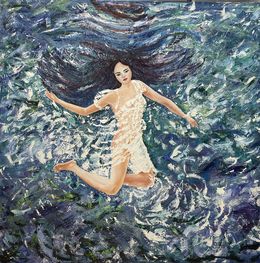

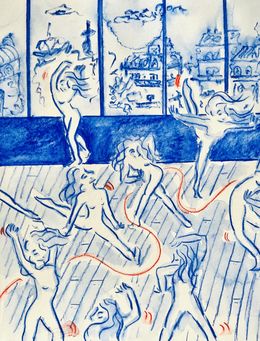
Painting - 60 x 20 x 1 cm Painting - 23.6 x 7.9 x 0.4 inch
Sold


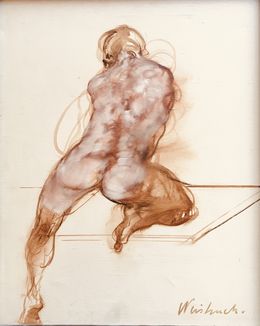

Painting - 160 x 130 x 3 cm Painting - 63 x 51.2 x 1.2 inch
Sold

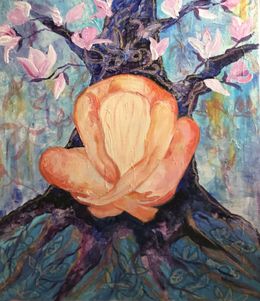
Painting - 70 x 60 x 2 cm Painting - 27.6 x 23.6 x 0.8 inch
Sold


Painting - 36.5 x 51 x 0.2 cm Painting - 14.4 x 20.1 x 0.1 inch
Sold
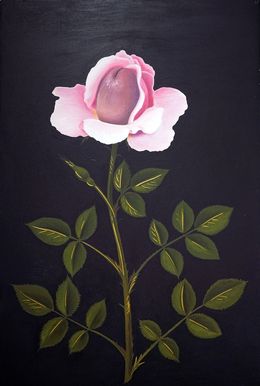


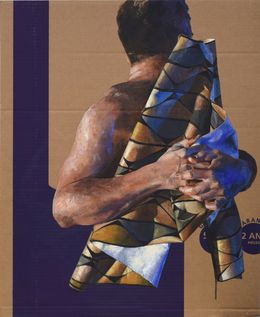
Painting - 61 x 50 x 5 cm Painting - 24 x 19.7 x 2 inch
Sold

Artists often depict nude sitters in their paintings, and often for different reasons. Some artists want to portray the beauty of the human form, while some want to express ideas or emotion through the nude figure, giving it a deeper meaning.
Artists depicted nudity frequently during the Renaissance due to the re-popularization of ancient Greek and Roman art. This re-popularization is called neoclassicism. During this period, Classical representations of the nude in sculpture were seen as the highest form of art and the ideal beauty standard.
Nude statues, which were popular in Antiquity, began to be seen as representing a "pagan" past during the Medieval period in Europe that was dominated by the Catholic Church. Depictions of nude statues in medieval manuscripts represented idolatry, although certain deepictions of nudes such as the crucifixion were acceptable. In general, clothing was a sign of Christianity and modesty.
Choose your preferences
The art is yours
The art is yours